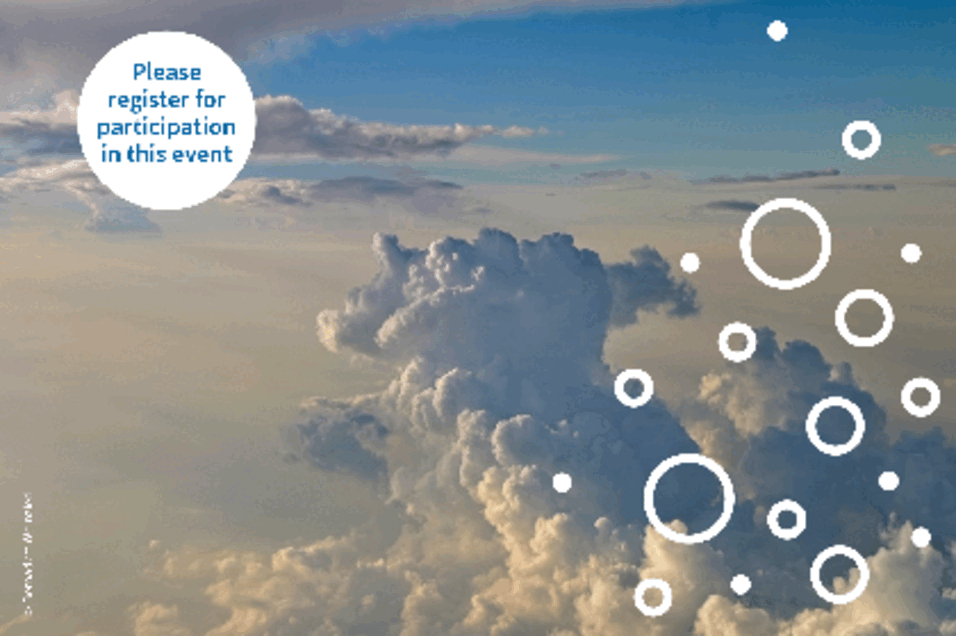The stratospheric aerosol is a critical yet understudied component of the earth-atmosphere system. Most significantly, particles in the stratosphere affect the earth‘s protective ozone layer and can cool the earth‘s climate following large volcanic eruptions.
Interest has grown in recent years in the possibility of deliberately injecting particles into the stratosphere to cool the earth. This is a form of geoengineering that is envisioned to be used temporarily (for a few decades) to reduce global temperatures while CO2 emissions and atmospheric burdens are reduced. The U.S. National Oceanic and Atmospheric Administration (NOAA) is trying to understand the stratospheric aerosol so that such proposals can be evaluated objectively and quantitatively. Recently, airborne measurements were made at altitudes up to 20 km from Alaska into the polar regions using new instruments to measure the composition, optical properties, and size distribution of particles from 3 nm to 10 μm in diameter.
The results show the following: particles enter the lower stratosphere in the tropics and subtropics and grow by coagulation and the condensation of sulfuric acid from gases. Larger particles are removed by gravity. Aircraft emissions directly inject gas-phase SO2 and particles into the stratosphere. In the polar regions, descending air brings particles composed of smoke from ablated meteors and rocket and satellite re-entry, and sulfuric acid.
Together, these stratospheric observations point to the need to more thoroughly investigate and understand the existing aerosol there and how humanity is currently affecting it, prior to considering geoengineering efforts via stratospheric aerosol injection. These fascinating results will be related the processes that will be studied in the Basic Aerosol Science Summer School.
Charles A. Brock (NOAA, Boulder)
Dr. Brock is a Research Physicist at NOAA‘s Chemical Sciences Laboratory (CSL) in Boulder, Colorado. He joined the lab in 2000 after working as an Associate Research Professor in the Department of Engineering at the University of Denver, where he studied the stratospheric aerosol. Dr. Brock‘s research interests are the physical, optical, and chemical properties of aerosol particles in the atmosphere, emphasizing the measurement and interpretation of atmospheric data as it relates to air quality and climate processes. He currently studies the emission, production, transport and transformation of atmospheric aerosol particles in a variety of locations, ranging from urban areas in the U.S. to the remote troposphere, from the surface to the stratosphere. Dr. Brock is actively involved in the development of new instruments for aerosol measurement and in their use on aircraft. He has participated in several NOAA and NASA airborne field programs, and was co-Principal Investigator of NOAA‘s Aerosol, Radiation, and Cloud Processes affecting Arctic Climate (ARCPAC) project in spring 2008 in Alaska.
Deadline for registration is on at 11:59 a.m on Thursday, 27 June 2024.
aerosols.univie.ac.at/plenary2024

